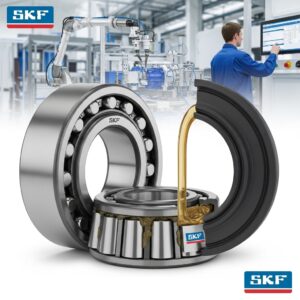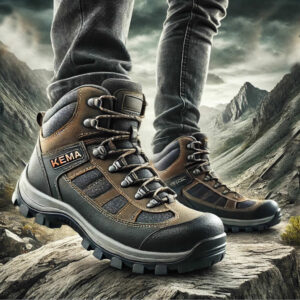When it comes to protecting your respiratory health, understanding the different types of masks and respirators is crucial. Each type is designed to offer specific protection against various hazards, and knowing which one to use can make all the difference in ensuring your safety.
Here’s a comprehensive guide to help you navigate through the key filtration standards.
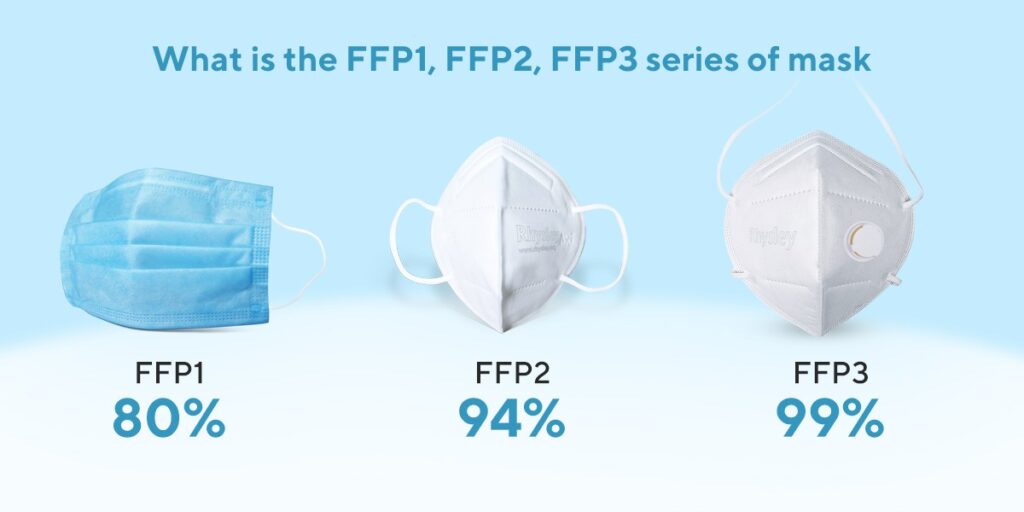
FFP1
- Protection: Against non-toxic and non-fibrogenic dust.
- Leakage: Up to 25% maximum.
- Minimum Filter Efficiency: 80%.
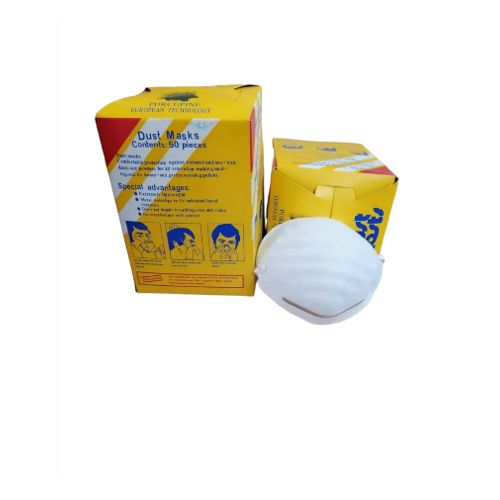
FFP2
- Protection: From firm and fluid deleterious forms of dust, smoke, and aerosols.
- Leakage: Up to 11% maximum.
- Ability: To filter fibrogenic substances.
- Minimum Filter Efficiency: 94%.
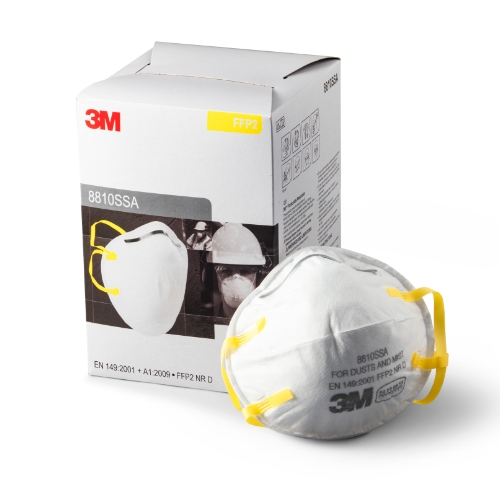
FFP3
- Protection: From poisonous and deleterious forms of dust, smoke, and aerosols, including oncogenic and radioactive substances.
- Leakage: Up to 5% maximum.
- Minimum Filter Efficiency: 99%.
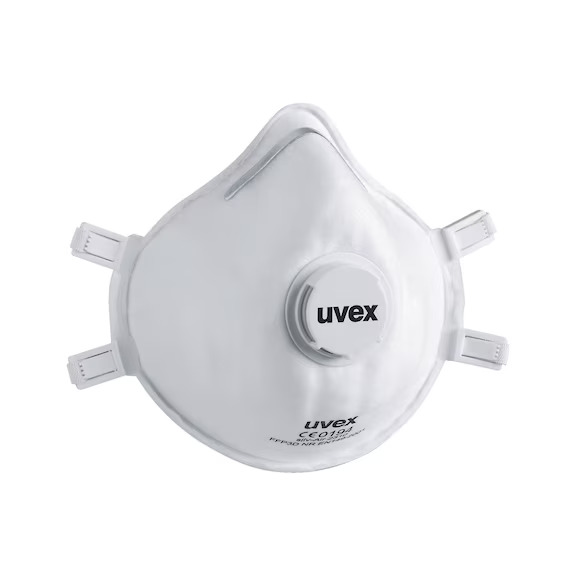
N95 Respirators
- Protection: From firm and fluid deleterious forms of dust, smoke, and aerosols.
- Leakage: Up to 10% maximum.
- Ability: To filter fibrogenic substances.
- Minimum Filter Efficiency: 95%.

P100 Standard
- Protection: Blocks 99.9% of particles 0.3 microns or larger, making it virtually impenetrable. Strongly oil-resistant, suitable for all types of solid and liquid particles, including oil-based particles.
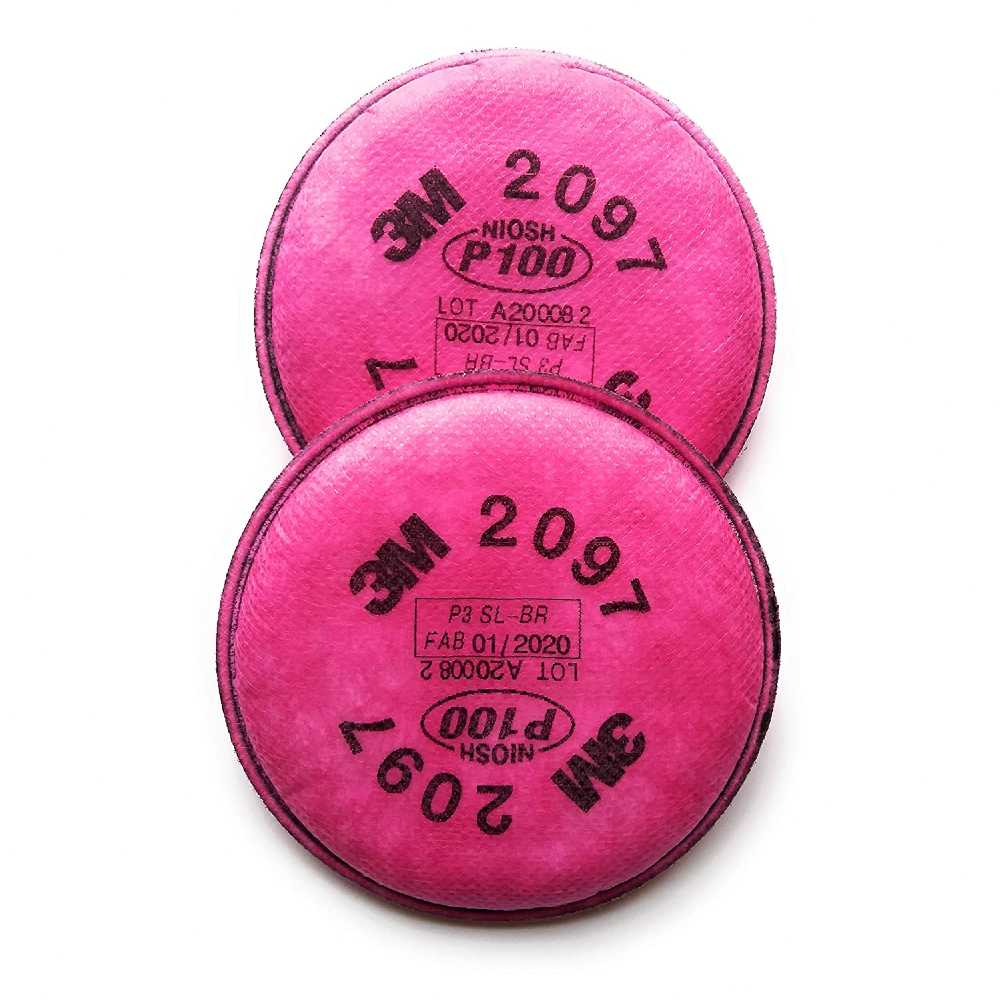
ABEK1 Filters
- Protection: Against organic vapours with boiling points above 65°C, inorganic gases, acid gases, and ammonia vapours in concentrations up to 1,000 ppm.
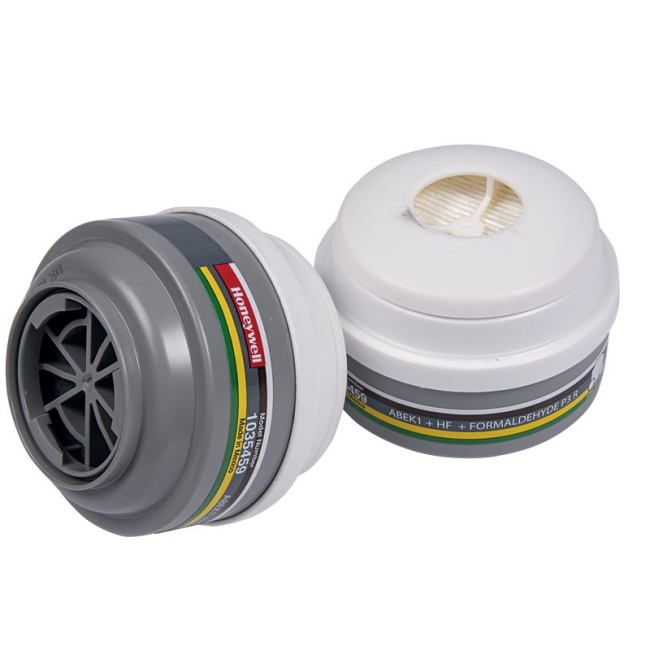
Specialized HF Filters
- Protection: Specifically against hydrogen fluoride.
Versatile P3R
- Protection: Against solid and liquid particles, including dust, fume, and fog.
Selecting the appropriate respiratory protection depends on the specific environment and the types of hazards present.
Here are some guidelines:
- FFP1 masks are suitable for low-risk environments with non-toxic dust.
- FFP2 and N95 masks offer higher protection and are suitable for environments with harmful dust, smoke, and aerosols.
- FFP3 masks are essential for high-risk environments, including exposure to toxic and radioactive substances.
- P100 filters are the go-to for maximum protection against very fine particulates and oil-based particles.
- ABEK1 filters are necessary for chemical handling, offering protection against a variety of gases and vapours.
- HF filters are specialized for environments where hydrogen fluoride is present.
- P3R masks provide broad protection against various particles, making them versatile for different settings.
Understanding these classifications helps in making informed decisions about respiratory protection, ensuring safety and compliance with health standards. Always assess the specific needs of your environment and choose the appropriate level of protection.
Below is a detailed table summarizing key filtration standards for respiratory protection:
| Standard | Protection | Leakage | Minimum Filter Efficiency |
|---|---|---|---|
| FFP1 | – Against non-toxic and non-fibrogenic dust | Up to 25% maximum | 78% |
| FFP2 | – From firm and fluid deleterious forms of dust, smoke, and aerosols<br> – Ability to filter fibrogenic substances | Up to 11% maximum | 94% |
| FFP3 | – From poisonous and deleterious forms of dust, smoke, and aerosols<br> – Filtration from oncogenic and radioactive substances | Up to 5% maximum | 98% |
| N95 | – From firm and fluid deleterious forms of dust, smoke, and aerosols<br> – Ability to filter fibrogenic substances | Up to 10% maximum | 95% |
| P100 | – Blocks 99.9% of particles 0.3 microns or larger<br> – Strongly oil-resistant, suitable for all types of solid and liquid particles, including oil-based particles | Virtually impenetrable | 99.9% |
| ABEK1 | – Against organic vapours with boiling points above 65°C<br> – Protects against inorganic gases, acid gases, and ammonia vapours in concentrations up to 1,000 ppm | Not specified | Not specified |
| HF | – Specifically against hydrogen fluoride | Not specified | Not specified |
| P3R | – Against solid and liquid particles, including dust, fume, and fog | Not specified | Not specified |
For more information on selecting the right respiratory protection and staying safe in hazardous environments contact Kema.



